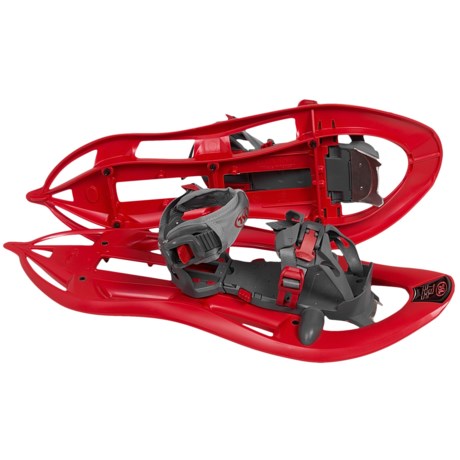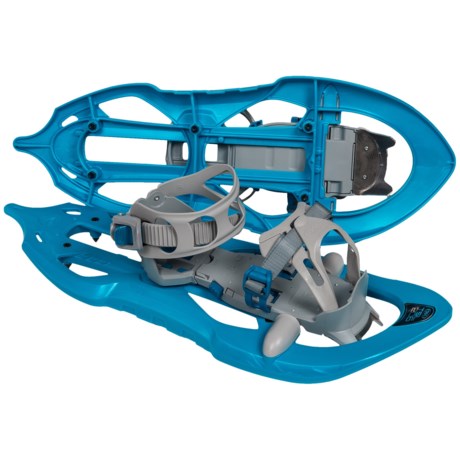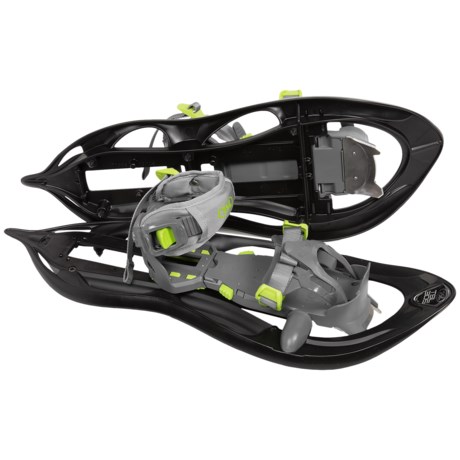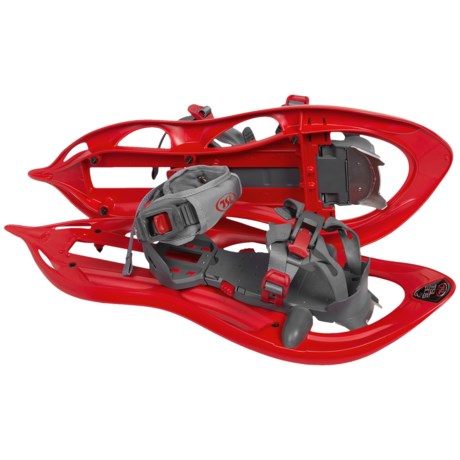
I am sorry about your DNF, and I was dissapionted that I didn't get a chance to interview you in Atlantic City. Will you please do the following 2006 Post-RAAM E-Mail Interview with me for my Chew's View post-RAAM section on the RAAM website?
What it hard for you to decide which division (Enduro or Traditional) of solo RAAM to enter as a rookie this year, and how difficult of a decision was it for you?
I didn't like the Enduro rules from the beginning but I also was worried about the Traditional category going back to the 48 hours after the winner cut-off with Allen Larsen racing. I felt that the Enduro would give me longer to finish and as a rookie I had no idea how well I would do. If Allen Larsen had withdrawn while I still could change categories it might have become a hard decision for me.
How well did you manage maximizing the amount of sleep you got at the Enduro control points? Was it difficult for you to have to push on to the next control point if you were experiencing a low period? What about having to stop for at least two hours at the mandatory control points even if you weren't tired/sleepy? Can you please estimate about how much more time you had off your bike than the nearly 36 hours you officially logged by the Mississippi River?
The early part of the race I did really well maximizing sleep at the control points. Once my pelvis rotated and my IT band and muscles knotted up I spent time going to chiropractors and massage therapist at some of the control points so I was sleeping less even though I was logging more time off the bike.
There were only a couple times that pushing on to the next control point was a problem and they were because my sleep patterns had been thrown off by the mandatory control points. In those cases I kept falling asleep on the bike and there was no way to safely keep riding and I had to take at least a short nap. Going to sleep was never a problem for me at the mandatory control points. Even when I got to a mandatory control point in the afternoon, I'd sleep for 3 hours since that was my planned length of sleep breaks. The 3 hours of sleep was great around 2 or 3 in the morning but it was a mistake in the afternoon. Since I'd slept in the afternoon I'd try riding all night and I'd always end up sleeping on the bike somewhere around 3 or 4 in the morning and my crew would have to make me get off and sleep. I should have taken shorter breaks at the mandatory control points I got to in the afternoon or early evening and then planned another short break during the night.
I was either fairly alert or asleep. There really didn't seem to be an in between zombie state for me. My crew said I actually rode quite well in my sleep and I would generally wake up just enough to correct my line before crossing the center line or going in the ditch. In fact it took me telling them I'd been going to sleep on a section before they were able to recognize when I was sleeping. At first they thought I just wasn't riding very straight.
I think I probably slept about 2 hours that wasn't at a control point. After I got injured, there were periods though when I'd ride for 15 minutes and then would have to stop and stretch and get rubbed down before I could continue on. I don't know exactly how much time all those stops added up to but I think the last few days it was a pretty significant amount of time.
A lot of riders complained about breathing/lung problems because of the altitude the first 3-4 days of the race. Did this bother you? If not, do you think living at altitude in Colorado Springs was/is an advantage for you? Were you temped to quit in CO because the race passed by so close to your home?
I actually have asthma that is triggered by very bad allergies to pollens. I had really thought before the race that if I DNF'd it would be from an asthma attack. Last summer my peak flow was actually tested at 30% of normal at the ER after finishing a 400k in which I had riden by a couple fields where they were cutting hay. The only time I really had trouble breathing was on the climb to Prescott and I think that was from the dryness or it could have been something in the area that I was allergic to. I ended up stopping for about 20 minutes at one point and using my asthma inhalers because of it.
From Flagstaff to Trinidad I felt really good for the most part. I think a big part of that was because it was cooler at altitude. It also helped because we were on roads that I've driven a lot and I knew the terrain and what was coming up. I think it definately was an advantage to live at altitude because I regularly ride up to over 10,000 feet and am totally comfortable with the altitude. I can often actually breath better at 10,000 feet because there's less pollen in the air.
I had been worried about wanting to drop out in Colorado and just drive 90 minutes and be in my own bed. Friends had come to see me in the middle of the night in La Veta and then my family was in Trinidad. I had been riding well up to Trinidad and was pumped up. When I left Trinidad, I was actually excited to be continuing on.
We stayed at the same motel in Trinidad, CO where you had some family members meet you. Who were they, where did they come from, did any of them join your crew there, and how motivating/uplifting was this for you?
They were my 2 little girls (Danielle and Cassidy), my parents, my in-laws, and 3 of my nieces. It really did help me. It was special to have my parents there because I've been racing for 17 years and my parents had never even come to local races.
The original plan was for my wife to meet me there and crew the rest of the way. The 2nd day I had been frustrated with my crew since none of them had crewed for me before and only 1 had ultra cycling experience. My wife has crewed for my 4 RAAM qualifiers and 6 24 hour mountain bike races. We didn't want her to be gone from the kids the whole time. She ended up having my friend bring her to meet us near the Utah and Colorado border. By that time things were going much better with the crew but it was still good to see her.
Wind slamming our motel doors shut was a sample of what lay ahead - some of the worst winds (up to 70 mph South) in the 25 year history of RAAM across Eastern CO and most of KS. Your average speed finally dropped below the 10.49 mph minimum (needed for an Enduro official finish) by Eastern KS. How bad were those winds, were you ever blown off your bike, and how much did that 10.49 number haunt you?
The winds were really bad. I finally quit paying attention to tumbleweeds but a couple times I saw bushes blowing across the road and that worried me. I never got blown off my bike but some really bad gusts would blow me most of the way over to the wrong side of the road.
I don't know what might have ended up happening without the wind but it was the strong cross-wind that caused me to have trouble with my leg. I have had trouble with the SI joint in my left hip and leaning into the wind caused it to cause me problems. Because of things being out of alignment my IT band knotted up and then some of the muscles in my left leg also got tight and knotted. I could tell it was coming from my hip. I was just beginning to have problems when I last saw you in eastern Colorado at I believe Kim when I was stopped icing my IT band. Late that night my family doctor was on the phone with my crew trying to step them through popping things back into alignment while a lay beside a grain elevator with the wind howling and lightening flashing all around. It was really almost scary weather conditions.
I didn't make it much past Ulysses, KS before I couldn't even push through a pedal stoke. I ended up getting shuttled back into Ulysses and sleeping another couple hours even though I had already taken a sleep break there. Once it was daytime, my doctor got me set up with a local doctor and then he sent me to a chiropractor. The chiropractor said my pelvis had rotated. After he adjusted me, I was able to ride better but my IT band and muscles never recovered. I saw another chiropractor in Pratt, KS at 1:30 in the morning and all he wanted for payment was a picture with somebody that would do something like RAAM.
I never really focused on the actual average speed. Even before my average speed had dropped too low, I pretty much knew the race was over for me. Even though I still felt good overall a lot of the time in Kansas, I couldn't get any power out of my injured leg. The pain was bothering me but the frustration of not being able to pedal well with my left leg was even harder for me. I just kept trying to make as much progress as possible in hopes that I'd find the right chiropractor, massage therapist, or somehow else figure out how to get my leg better and be able to get my speed back up. Emotionally I went through the fact I was going to DNF a couple days before I dropped out. By the the Mississippi it was clear that there was no way I could get an official finish and even an unofficial finish didn't seem possible.
You mentioned how you wished you had a massauge therapist on your crew to help deal with your IT band knee injury. Had it ever acting up before in training or in a shorter race? How early into the race did it start bothering you? Do you think you would have finished with a massauge therapist on your crew?
I've had tightness in my IT band but never the problem I had during RAAM. I broke my leg just above my ankle over 10 years ago and since then I've seemed to have some alignment problems with my left leg. This was really the first time I'd gotten to the point of not being able to ride. I had tightness in my IT band early in the desert but then I had gotten better. I had a little pain on the inside of my knee just before Trinidad but that went away and I think it was from climbing Cucharas Pass when I was really tired. It was different than the problems I had once I got into the wind and started having problems with my hip. I think I had ridden about 3 hours in the cross wind when I started having problems.
Of course I don't know for sure I would have finished with a massage therapist on my crew but I think there's a very good chance I would have. I think if I could have kept my muscles from getting in such bad shape before I got to the first chiropractor, I may have been able to ride fairly well once my alignment was better. I think my muscles were so tight by the time I got adjusted that they may have pulled the hip alignment back out. Although my crew tried their best to massage me, they were limited in what they could do without any training. In any case an experience massage therapist would have been able to get me massaged faster and most likely better so I wouldn't have been stopping every 15 minutes like I was at times.
I got a really good massage in El Dorado, KS and actually rode quite well into Missouri. I was in a lot of pain just before the Ozarks and my crew actually got something to pop in my hip with me lying on the side of the road and then I felt much better.
What sort of advice would you like to give other RAAM rookies who might be reading this interview? Was the race as difficult as you thought it would be? Did you bring along enough clothing, equipment, and crew members?
RAAM takes a huge amount of planning and organizing. By the time the race started, I was just happy to be able to forget about planning and start riding. Even so there were lots of things, I should have gone over better with my crew. I was so relieved to be on the bike the first day of the race that I couldn't focus. It was like my mind just shut down. I actually went of the road in to the ditch a few hours in to the race because I wasn't paying attention. I've mountain bike race for years so I was able to keep from crashing and bunny hop back up on to the road.
The first 4 days of the race were actually easier than I expected them to be. The next 4 days before I dropped out were definately very tough for me but I had expected that even without an injury.
I had a crew of 6. It worked but I think that is a minimum for doing the race. Another couple crew members would have helped out. Because of doing Enduro I thought using motels would work as well as using an RV. For me it never was never an issue other than I would have liked to have slept in La Veta instead of riding on to Trinidad but there weren't any hotels. I think for my crew it would have been much better with an RV and they would have gotten more sleep.
Because of doing 4 RAAM qualifiers over the last 4 years, I had pretty much figured out what I needed to do the race. I actually had more stuff than I would have used I think even if I had made it to the finish.
Is there anything else you would like to add?
Doing RAAM was an incredible experience and it is a very special race. More information about me can be found at my website at www.ultrarob.com and I write a blog about my training, racing and other adventures at http://www.ultrarob.com/blog/.
Will you be back to race again? If so, which division? Do you think the 40 hours of off bike time in the Enduro race was a good guess by Lon Haldeman?
I really hope to race RAAM again. All the time gone training was hard on my family so it will probably be a couple years before I am able to do it again. Although I had some sponsors, the majority of the money for RAAM came out of my own pocket so that's another factor in whether I can do RAAM again.
If the rules don't change, I really think I'd do Traditional next time. The mandatory control points made it really hard to get a good sleep pattern. Only sleeping at the non-mandatory had some impact my sleep pattern but nothing like the mandatory control points. The 40 hours is probably about right for Enduro although I think it's hard to not go over that because of the mandatory control points throwing sleep patterns off. I really need to sleep sometime around 3 in the morning whether or not I've slept earlier. That wasn't really surprising based on how I'd felt during 24 hour mountain bike races and the RAAM qualifiers. I normally didn't even nap during those but I'd always struggle to stay awake a little while before dawn.
I actually hope that it goes back to having one category. My preference would be back to the rules of last year with the 12 days 2 hours cut-off and no rules about sleep. I think that would be best for the racers. I do understand that the race needs more media coverage to get the necessary sponsors and some changes may need to be made for those reasons.
Having 2 categories seemed very confusing for my friends and family trying to follow the race. I also was back and forth more with Traditional racers during the race. I didn't get the same boost to push harder when I was close to them as I did when I was close to another Enduro rider. There just aren't enough competitors to have 2 categories.
Thanks for your time, and I hope you are recovering well.
Sincerely,
Danny
website: www.dannychew.com
| ||
| ||
| ||
| ||
| ||
| ||
| ||
| ||
| ||
| ||
| ||
| ||
| ||
| ||
| ||
| ||
| ||
| ||
| ||
|




















